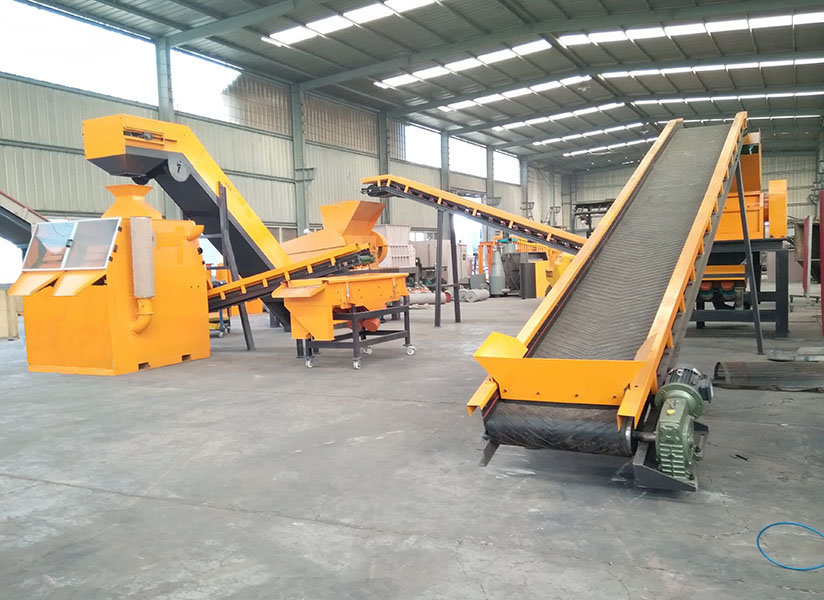

Вер . 06, 2024 12:52 Back to list
Eddy Current Non-Ferrous Separator Revolutionizing Metal Recycling
In the field of metal recycling, the need for efficiency and precision is paramount. One of the most innovative technologies that have emerged in this arena is the Eddy Current Non-Ferrous Separator. This machine plays a pivotal role in the separation of non-ferrous metals from mixed waste streams, enhancing the overall recycling process and contributing to resource conservation.
How it Works
The Eddy Current Non-Ferrous Separator operates based on the principles of electromagnetism. When a conductive material passes through a rotating magnetic field, it induces electric currents, or eddy currents, within the metal. These currents generate their own magnetic fields, which can effectively repel the non-ferrous metals from other materials. The separator typically consists of a conveyor belt that moves the mixed materials under a spinning rotor fitted with powerful magnets. As the materials travel along the conveyor, non-ferrous metals such as aluminum and copper are ejected from the stream, while ferrous materials are typically attracted to the magnets and collected separately.
Advantages of Eddy Current Separators
The advantages of using Eddy Current Non-Ferrous Separators in recycling operations are numerous. Firstly, they are highly efficient, capable of achieving separation rates that significantly improve the recovery of valuable metals. This is particularly important in a world where the demand for non-ferrous metals continues to rise, driven by industries such as automotive and electronics.
Secondly, these separators are environmentally friendly. By enhancing the recovery process of recyclable materials, they reduce the need for new metal production, which is often resource-intensive and generates significant carbon emissions. Additionally, an effective separation process minimizes landfill waste, contributing to more sustainable waste management practices.

Another notable benefit is the versatility of these machines. Eddy current separators can handle a variety of feed materials, including shredded automobiles, household appliances, and electronic waste. This adaptability makes them essential in modern recycling facilities that must process diverse waste streams.
Challenges and Innovations
Despite their advantages, there are challenges associated with Eddy Current Separators. For instance, the effectiveness of separation can be impacted by factors such as particle size and moisture content. Ongoing research and technological innovations aim to enhance the capabilities of these separators, giving them the potential to tackle more complex waste streams and improve recovery rates further.
Moreover, advancements in sensor technology are being integrated with Eddy Current Separators to create smarter recycling systems. These new systems can identify and sort materials more accurately, leading to higher purity levels in the recovered metals and greater operational efficiency.
Conclusion
The Eddy Current Non-Ferrous Separator is a groundbreaking technology that plays a crucial role in modern recycling operations. Its ability to efficiently separate non-ferrous metals from mixed waste streams not only supports economic recovery but also contributes to environmental sustainability. As the demand for metal recycling continues to grow, this innovative technology will undoubtedly pave the way for a more efficient and eco-friendly future in waste management. Through continued advancements and integration with other sorting technologies, Eddy Current Separators will remain at the forefront of the recycling industry, helping to conserve valuable resources and protect our planet.
Latest news
Troubleshooting Common Eddy Separator Problems
NewsJul.04,2025
The Role of Metal Recycling Plants in Circular Economy
NewsJul.04,2025
The Impact of Recycling Line Pickers on Waste Management Costs
NewsJul.04,2025
Safety Features Every Metal Shredder Should Have
NewsJul.04,2025
How Industrial Shredders Improve Waste Management Systems
NewsJul.04,2025
How Cable Granulators Contribute to Sustainable Recycling
NewsJul.04,2025